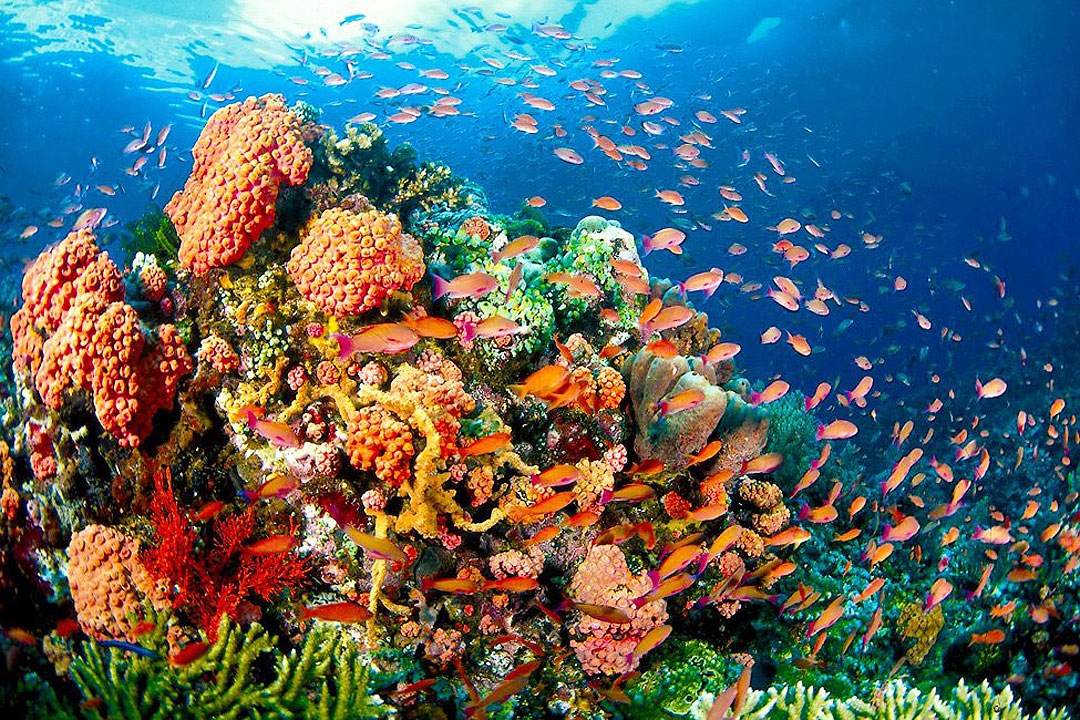LEGISLATORS and nongovernment organizations (NGOs) called for stronger laws protecting coral reefs and marine life in response to the worsening impact of climate change.
“Being among the Coral Reef Triangle countries, our government should prioritize coral reef protection and place it and marine ecosystems at the heart of our habitat conservation and protection efforts,” Oceana Vice-President Gloria E. Ramos said in a statement Monday.
Ms. Ramos said coral reefs are at high risk during climate change events as well as from human exploitation, and added that saving them is vital to supporting marine life and sustaining the Philippines’ marine resources.
One area in need of protection, according to House Deputy Speaker Loren B. Legarda in a virtual forum on Nov. 23, is Panaon Island in Southern Leyte.
“Panaon Island… deserves to be declared a marine protected area and be provided with national protection,” she said.
Ms. Legarda is one of the principal authors of the Expanded National Integrated Protected Areas Systems (ENIPAS) Act of 2017. A reclassification to protected area would allow Panaon Island to access to funding to protect its marine life.
At the forum, Senator Cynthia A. Villar, who is also a principal co-author of the ENIPAS Act, expressed her support for making Panaon Island a marine protected area.
She urged the Department of Environment and Natural Resources, communities on the island, and stakeholders like Oceana to start processing the protected area sustainability assessment get the ball rolling on a marine protected designation.
Oceana said its 21-day expedition to Panaon Island indicated that about 60% of the island’s coral reefs are still standing.
International studies have classified 98% of the Philippines’ coral reefs as threatened and 70% at high or very high risk.
The Philippines is part of the Coral Triangle, which accounts for about 75% of all coral species at 35% of the world’s coral reefs.
The ENIPAS law of 2017 amended the National Integrated Protected Areas System law of 1992 and led to the declaration of 94 more sites as protected areas, bringing the total to 244. — Bianca Angelica D. Añago
